
I’ve been a serious photographer for a while. Over time, I’ve slowly specialized into nature and then into landscape photography. However, I’ve learned over the years that becoming a professional quality landscape photographer involves more than simply becoming a good landscape photographer. I needed another skill set: photo editing. I had to become a professional quality photo editor as well. Here’s the story of me becoming a professional quality landscape photography editor.
I started my photography journey with a simple Photoshop class in college. I detail more of that story more in this article about why I took up photography. Taking a Photoshop class began my photo editing skills. I started learning techniques for basic photo editing. I decided to take a photography class the next semester purely out of enjoying the Photoshop class. Then other surrounding circumstances doubled me down on that decision.
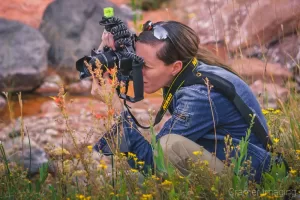
In the beginner photography class I took, I learned rudimentary skills for processing photos in Photoshop. I also learned rudimentary photography composition skills at the same time. The next semester after that, I took a photography class centered around learning how to create proper color print photos. In that class I learned more advanced Photoshop photo processing skills which I skill use today as needed. Then I left college and my photo editing education basically ended there for some time. I pursued more photography education but decided that my photo editing skills were good enough. (Spoiler: that assessment was a mistake)
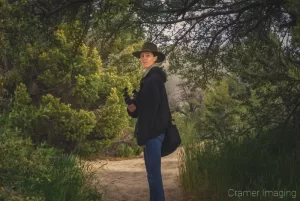
I used the skills I learned in school to create photos like these below. I’m ashamed to admit that I was seriously impressed by my novice level work back then. Observe these original examples below.
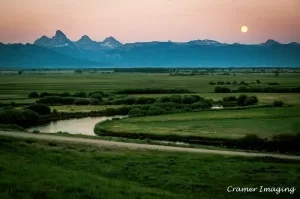
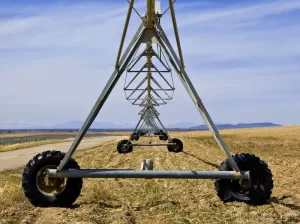
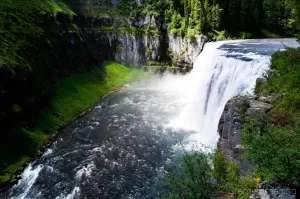
I took these photos during or shortly after I left college. You may see decent composition skills but my early editing leaves a lot to be desired. In fact, I stopped showing off these examples years ago as I grew disappointed with the original processing.
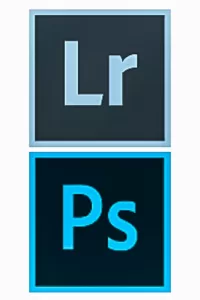 I started paying more attention to my photo editing skills when I started learning about Lightroom and how you could batch photos. I was not enjoying all the individual work I kept repeating on each photo in Photoshop. Lightroom allows for much better and faster photo batching than Photoshop does. Since I started getting interested in Lightroom (a new tool), I needed to learn a whole new photo-processing skill set.
I started paying more attention to my photo editing skills when I started learning about Lightroom and how you could batch photos. I was not enjoying all the individual work I kept repeating on each photo in Photoshop. Lightroom allows for much better and faster photo batching than Photoshop does. Since I started getting interested in Lightroom (a new tool), I needed to learn a whole new photo-processing skill set.
I started learning Lightroom with online tutorials where I learned about presets. I started hunting down every free preset I could find. Honestly, I thought that presets were the end-all answer. I still had to learn that presets are just the start. I really struggled for a while with Lightroom and making it do what I wanted with my photography. During this time, I still went to Photoshop for any serious photo editing I needed to do. Then things changed.
I saw a class available on Creative Live where landscape photographer Colby Brown was teaching how to use Lightroom for landscape photographers (this class doesn’t seem to be available on Creative Live anymore). This was exactly what I needed and I made a point of watching the class from start to finish. During the class, Colby worked from start to finish teaching the audience how to use Lightroom for photo processing. I learned how to use and modify presets and even how to create my own. I learned how to use spot filters, spot removers, auto masking, radial filters, graduated filters, and more. Suddenly, I understood how to use the powerful photo editing tool in front of me.
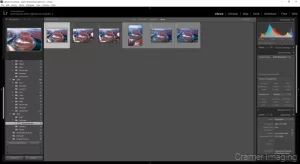
I started using Lightroom for full-time photo editing. I was working things out and still acquiring more presets as I could find them. Then I was approached by a company asking me to review their new landscape photography presets which they had just put up for sale. I thought “Sure, why not?” So, I was sent a copy of their presets in exchange for a fair and honest review. I was surprised to see just how much the company thought of and decided to permanently integrate these presets into my workflow. I rely upon them heavily at this point.
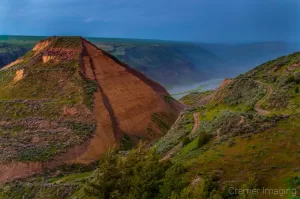
Here’s a link to the presets I reviewed. As I said, I received them for free in exchange for the review. I receive nothing for linking to them. I merely link to them in case other budding landscape photographers want to get the same jump on Lightroom which I received.
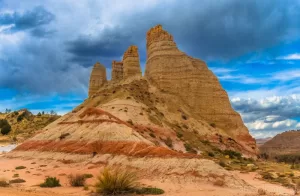
Now, with the powerful world of Lightroom opened up to me and a shiny new set of presets, I started using Colby’s lessons in earnest. I found that I created better looking landscape photos than I ever did before. Also, I could still edit my photos in Photoshop if I needed to. Every so often, there’s something I need to edit which Photoshop handles much better than Lightroom does. I can use both. However, I use Photoshop rarely these days because I know how to use Lightroom for most of my photo editing.
I started learning more tips and tricks for Lightroom using online sources. I slowly honed my photo editing skills in Lightroom to the point where some of my photos have received significant distinctions (contest finalists, sweepstakes, blue ribbons, etc.). Now my photos are selling to people who want professional quality landscape photography on their walls.
I wasted so much time trying to produce better photos through the camera that I neglected producing better photos through editing. I was already producing professional quality landscape photos in camera. All I had to do was improve my editing skills and I finally started producing professional quality landscape photos all around.
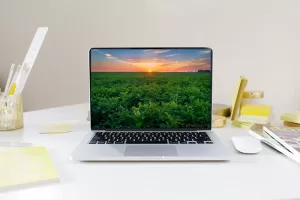
Thanks to a hard drive crash, I’ve been rebuilding my photo archives. I’ve also been revisiting some of my earlier landscape photos and reprocessing them using Lightroom. Here’s a before and after for each of the three examples above. Tell me if you think I’ve improved over the years. I sure think I have.


Receive monthly updates in your inbox from us.

Join our email-only photo of the week club to get the full stories behind how we captured our favorite fine art landscape photos.
We respect your privacy
No More Results
Powered by atecplugins.com